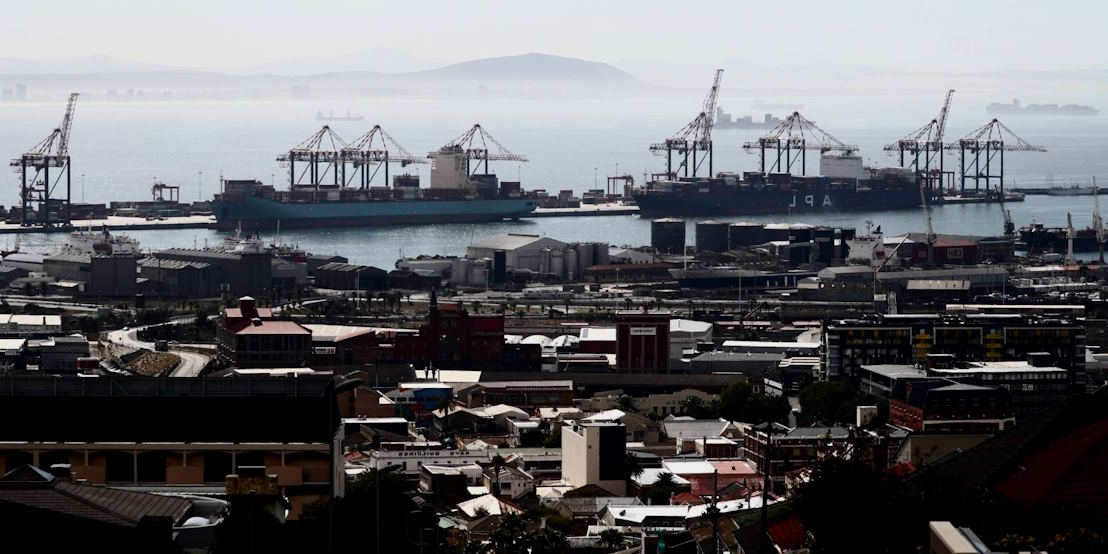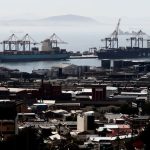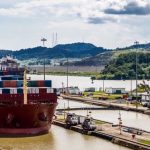Home » African Economic Outlook » Unveiling the Trade Tapestry: Exploring Intra-African Trade Dynamics
Unveiling the Trade Tapestry: Exploring Intra-African Trade Dynamics

In recent years, there has been a growing recognition of the untapped potential within Africa for fostering intracontinental trade. As the continent continues to navigate economic development and integration, trade dynamics within Africa are undergoing significant transformations, influenced by regional trade blocs, changing policies, and a burgeoning commitment to fostering economic collaboration.
Intra-African Trade Patterns and Volumes
Intra-African trade, the exchange of goods and services between African countries, has historically been below its potential. However, recent trends suggest a shift towards greater regional cooperation. According to the African Union, intra-African trade accounted for around 18% of the continent’s total trade in 2020, reflecting a gradual increase in economic collaboration.
The key traded goods within Africa include agricultural products, minerals, and manufactured goods. While natural resources have traditionally dominated trade flows, diversification is increasingly emphasized, with an increasing focus on value-added products and manufactured goods.
Role of Regional Trade Blocs
Regional trade blocs foster intra-African trade by creating economic communities encouraging cooperation and integration. Notable examples include the Economic Community of West African States (ECOWAS), the Common Market for Eastern and Southern Africa (COMESA), and the Southern African Development Community (SADC). These blocs aim to eliminate trade barriers, harmonize policies, and create a conducive environment for increased trade among member states.
ECOWAS, for instance, promotes economic integration and cooperation among West African countries. COMESA seeks to create a common market, and SADC aims to enhance regional economic integration in Southern Africa. These blocs serve as platforms for collaboration, providing frameworks for trade agreements, infrastructure development, and policy coordination.

Challenges in Increasing Intra-African Trade
Despite the positive strides, challenges persist in unlocking the full potential of intra-African trade:
Infrastructure Deficits
Inadequate transportation and logistical infrastructure hinder the smooth movement of goods across borders, leading to delays and increased costs.
Trade Barriers
Non-tariff barriers, such as complex customs procedures and inconsistent regulations, create obstacles for businesses looking to engage in cross-border trade.
Limited Diversification
Dependency on a few key commodities for trade poses risks to economic stability. Encouraging diversification is crucial for sustainable and resilient economies.
Opportunities for Increasing Intra-African Trade
Addressing these challenges presents opportunities for unlocking the true potential of intra-African trade:
Infrastructure Development
Transport, energy, and digital infrastructure investments can enhance connectivity and facilitate smoother trade flows.
Harmonization of Regulations
Streamlining and harmonizing trade regulations and procedures across regions can reduce red tape and create a more conducive environment for businesses.
Promoting Diversification
Encouraging the development of value-added industries and manufacturing can contribute to economic diversification, reducing reliance on a few key commodities.
About
Discover the narratives that define the global economic stage. From diplomatic dialogues to trade partnerships, our blog unveils the stories behind economic development and international relations.






























